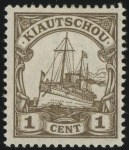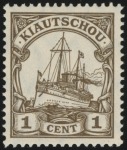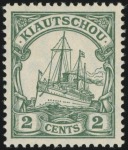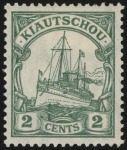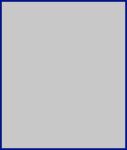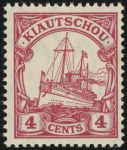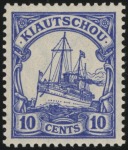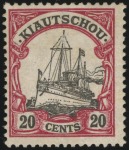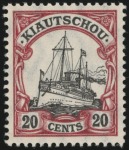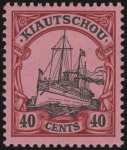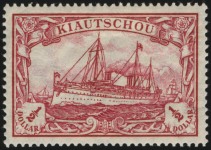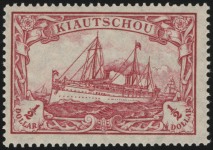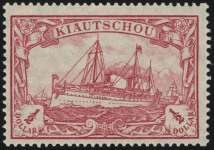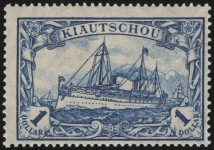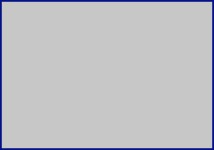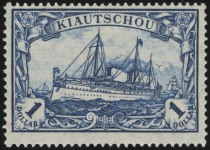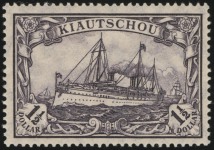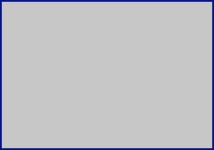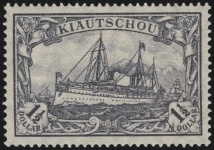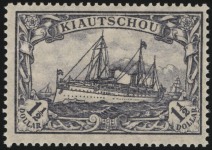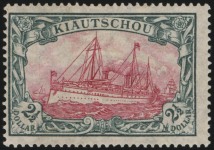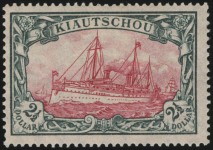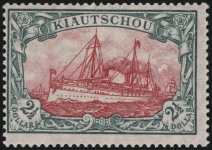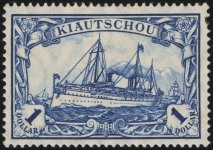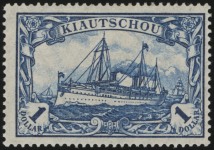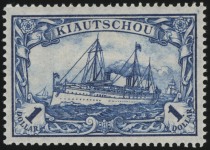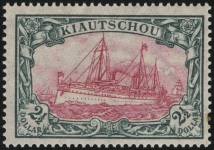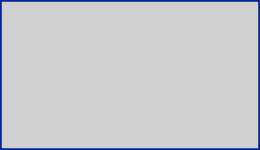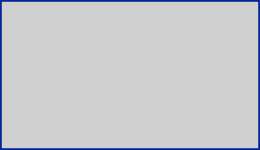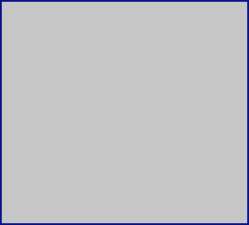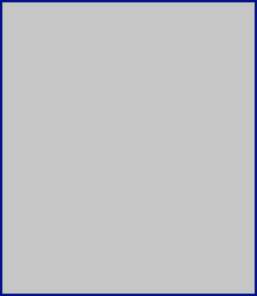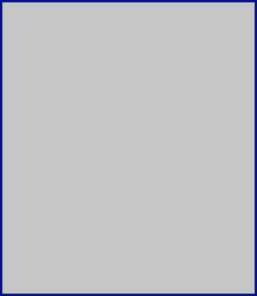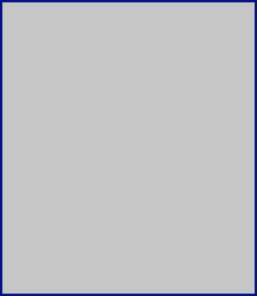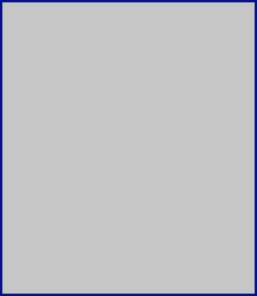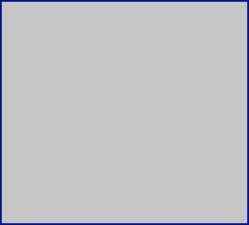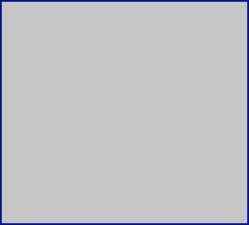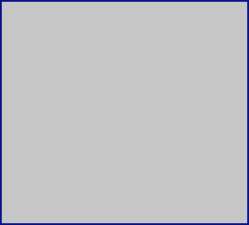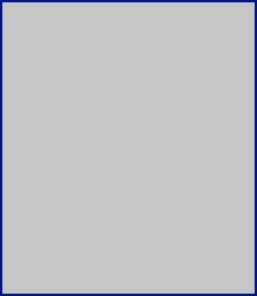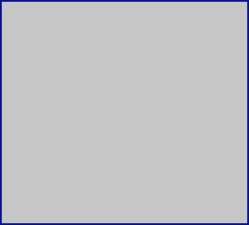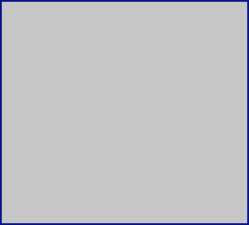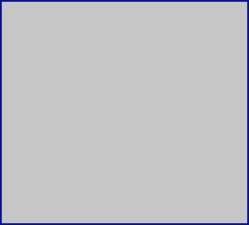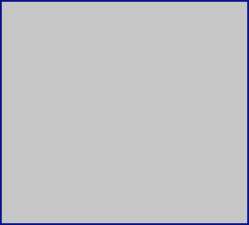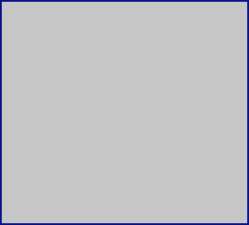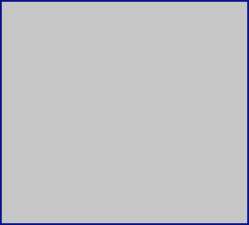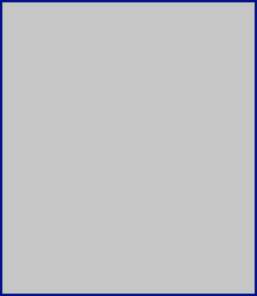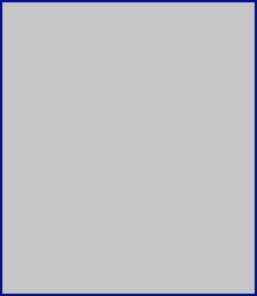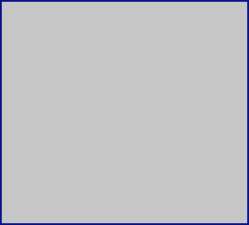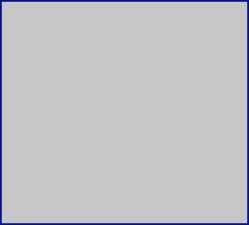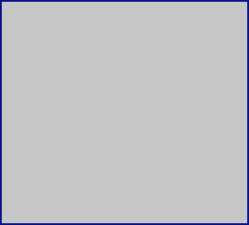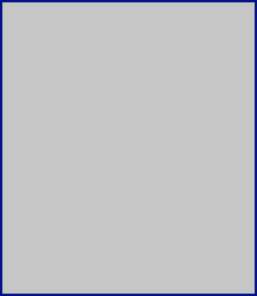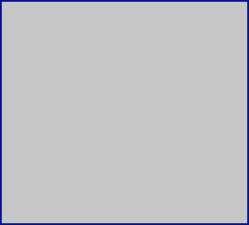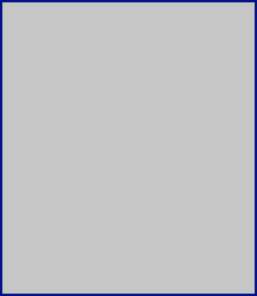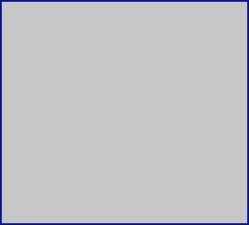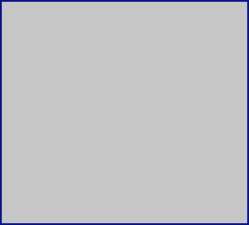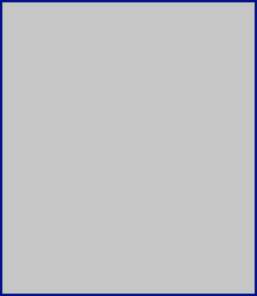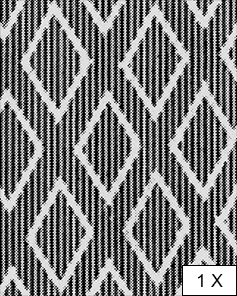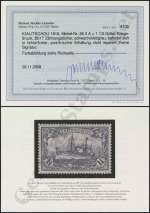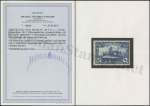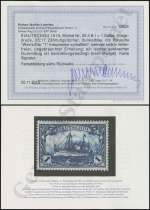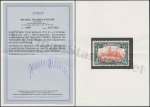1905 / 1919 Yacht Issues
Beginning in 1905, Germany began phasing in the use of watermarked paper on its new issues.
This practice led to the introduction of new Yacht issues which were similar to the 1905 issues, but featured a lozenge-shaped watermark.
The “peace printings” of these issues can be found used, but the “war printings” were never postally used. The peace and war printings differ in that the peace printings are of clearer, better print quality.
MiNr. 35 and MiNr. 37 can be found with plate flaws.
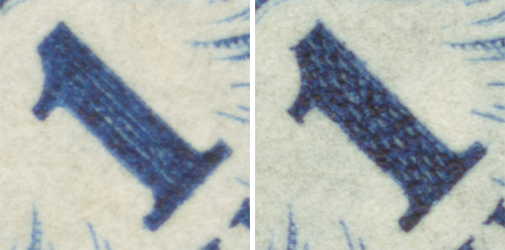
MiNr. 35 Plate Flaw I — Crosshatched ‘1’ (right)
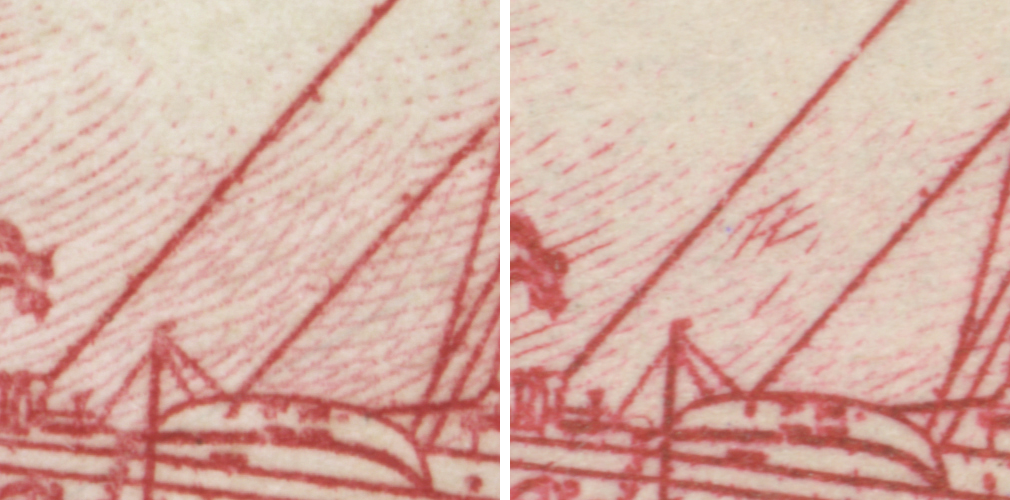
MiNr. 37 Plate Flaw I — Retouching between rigging above bow (right)
The small Yacht Issues were printed in 10×10 sheets, which were then run through a perforation machine. The machine used to perforate an unknown number of these sheets was designed to perforate two 10×10 sheets printed side-by-side with a margin in-between, rather than a single 10×10 sheet as the stamps were printed. This resulted in an extra perforation along the left margin of the sheet. For this reason, left margin copies of some printings of these issues can be found with a perforated margin, giving the appearance of a blank field attached at the left. These copies command a significant premium.
In 1902, the Reichsdruckerei (Reich Printing Office) began printing in the margins of stamp sheets the internal order number under which the stamps were printed. This order number, or Hausauftragsnummer (HAN), varied in location, typically being found in the right or bottom margin.
For an imperforate variety of MiNr. 29 a, see here.
The larger format Yacht Issues of the German Colonies have slight differences in color, perforation, or frame/center types. For a detailed description of the frame/center types, see the guide to Colonial Frame & Center Types.
1905 / 1919 Yacht Issues
Beginning in 1905, Germany began phasing in the use of watermarked paper on its new issues.
This practice led to the introduction of new Yacht issues which were similar to the 1905 issues, but featured a lozenge-shaped watermark.
The “peace printings” of these issues can be found used, but the “war printings” were never postally used. The peace and war printings differ in that the peace printings are of clearer, better print quality.
MiNr. 35 and MiNr. 37 can be found with plate flaws.

MiNr. 35 Plate Flaw I — Crosshatched ‘1’ (right)

MiNr. 37 Plate Flaw I — Retouching between rigging above bow (right)
The small Yacht Issues were printed in 10×10 sheets, which were then run through a perforation machine. The machine used to perforate an unknown number of these sheets was designed to perforate two 10×10 sheets printed side-by-side with a margin in-between, rather than a single 10×10 sheet as the stamps were printed. This resulted in an extra perforation along the left margin of the sheet. For this reason, left margin copies of some printings of these issues can be found with a perforated margin, giving the appearance of a blank field attached at the left. These copies command a significant premium.
In 1902, the Reichsdruckerei (Reich Printing Office) began printing in the margins of stamp sheets the internal order number under which the stamps were printed. This order number, or Hausauftragsnummer (HAN), varied in location, typically being found in the right or bottom margin.
For an imperforate variety of MiNr. 29 a, see here.
The larger format Yacht Issues of the German Colonies have slight differences in color, perforation, or frame/center types. For a detailed description of the frame/center types, see the guide to Colonial Frame & Center Types.
